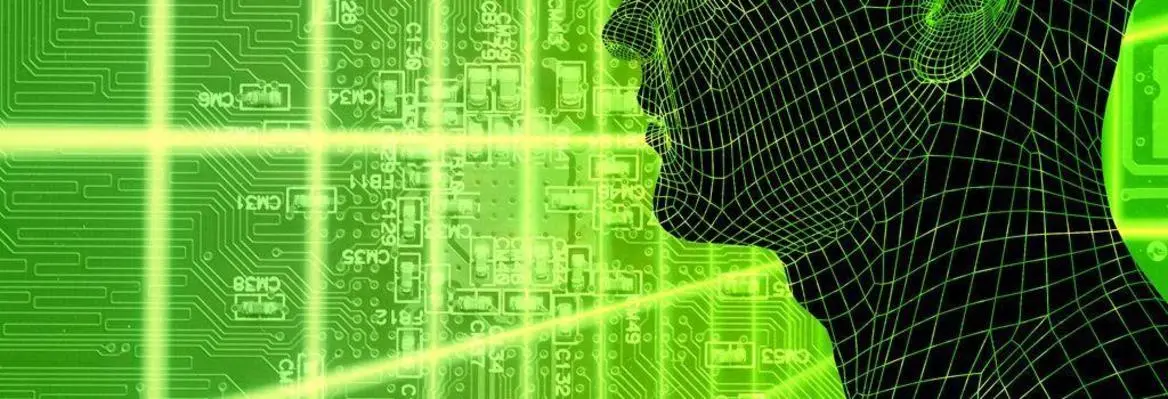The problem of consciousness is one of the hardest facing science and philosophy today. But in order to inquire fruitfully into this great problem, we first need to make sure we are asking the same question, and have an adequate initial clarification of what we are talking about. There are perhaps five leading ideas in the existing philosophy and science of consciousness: qualia; what it is like for something to be that thing; subjectivity; intentionality; and phenomenality. Each of these five ideas has advanced inquiry in different directions, but they have all failed to provide an initial clarification of the subject. They demonstrate the unfortunate fact that minds are not meeting – we seem concerned with different subjects.
As a result of this disagreement about definitions of consciousness, we have seen the emergence of a number of competing theories. There is a clear confrontation between functionalism and mentalism, for example, and, most obviously, a confrontation between the different subjects of mentality in general and conscious mentality somehow conceived, maybe conscious mentality inchoately conceived as actual consciousness.













Join the conversation